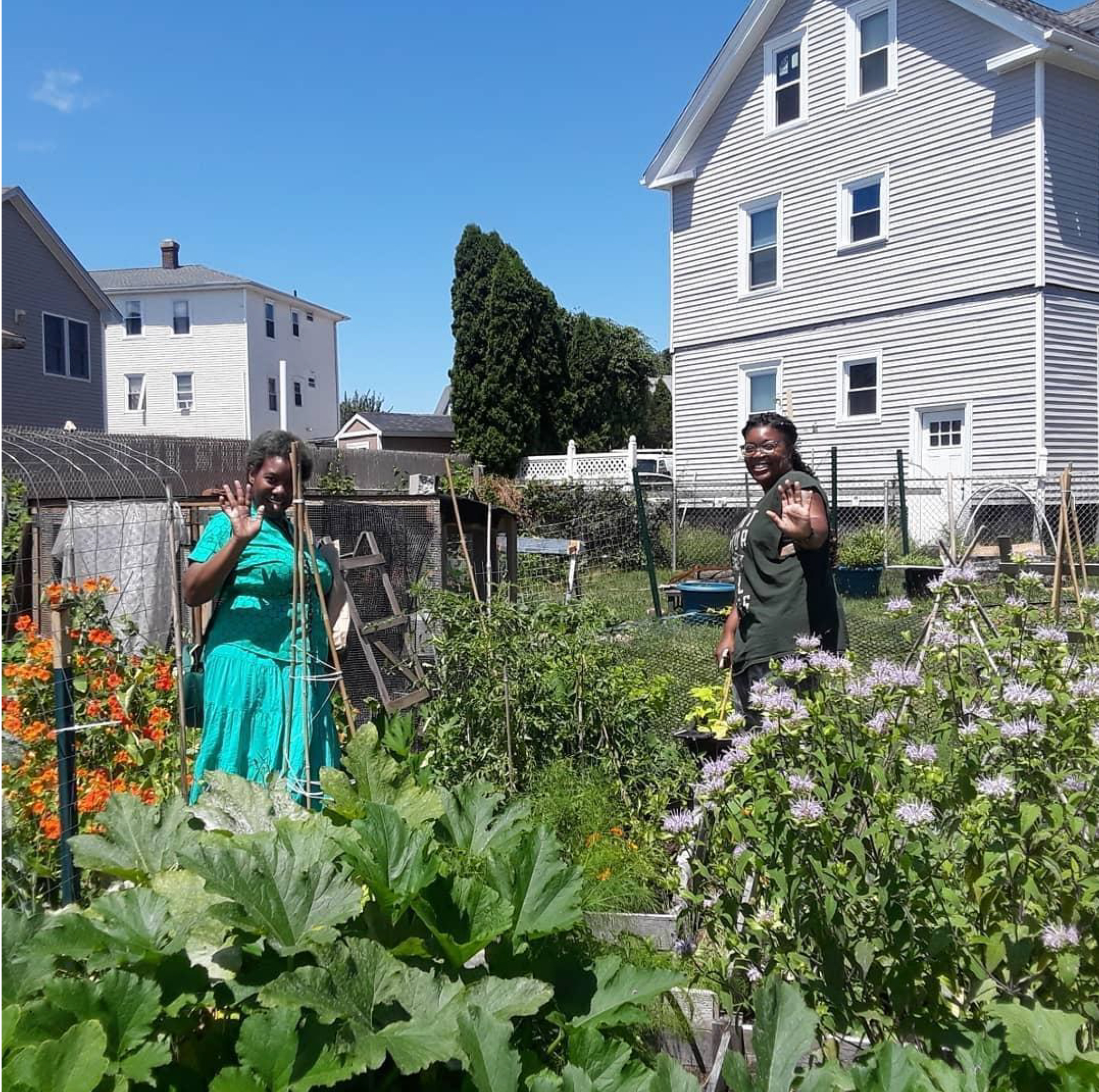Anita N. Bateman writes in response to Becci Davis’s Collard Archive of Modern History (2016).
These collard green leaves are
cast with paper made from pulped library catalog cards under the subject heading "modern history."
Green
In the South, it’s common knowledge that greens taste better after the first frost. That is, you don’t harvest collards unless they go through hardship. They stay in the soil until, blanketed under ice and winter’s snow, they flourish with more tender leaves, growing in spite of their environment. I think of collards, knowing that Black folx eat resilience and call it soul food for a reason. And why the start of each new year is heralded by greens, yellows (cornbread), and blacks (cowpeas) for luck and prosperity. Our food reflects our lives. Bountiful. Hardy. But still so very tender.
I don’t know if I had a praying grandmother, but in a different life, I imagine her hands tearing at the leaves, cutting greens into small ribbons to simmer in a mix of onions, fatback, and salt. She welcomes her adult grandkids into the kitchen; I express concern about the meat in the seasoned pot, urging her to consider her blood pressure or something of the like. She promises to use less salt next time with fingers crossed behind her back. My grandmother was what they called “touched in the head,” which is as good a euphemism as any for mentally ill. She couldn’t take care of herself, let alone my mother and her siblings. When I was small, I wondered if she even knew I was her granddaughter. Her mind was like blank pages which filled up then reset after our visits. Collards themselves are like pages, no? With spines and flattened history in their veins.
My mother had a friend with a garden. That woman, a crossing guard at my elementary school, grew greens in her backyard and shared them with the community. When I was young, my mother would drop me off and go to that garden with a large, plastic bag, and she’d overstuff that bag with greens until the stems folded unto themselves, breaking and snapping, fissuring in places where they were once whole. What is “whole” to a fragile thing? When she’d wash them with cold water in the sink, the sand would shake loose and the imperfections would be visible. Stacking them leaf by leaf so their center veins aligned, it was as if they were each other’s legacy, family.
On a hot day in July, we are in a different backyard. Sista-friends in search of our mother’s gardens while eating edible orange flowers that I can’t remember the name of. Each of us with brown paper bags carrying greens, tomatoes, and beans we picked ourselves. Living off part of the land like our grandmothers did. Or might have. Or could if…
Here we are: Black. And free. And warm. And perfect.
— Anita N. Bateman

